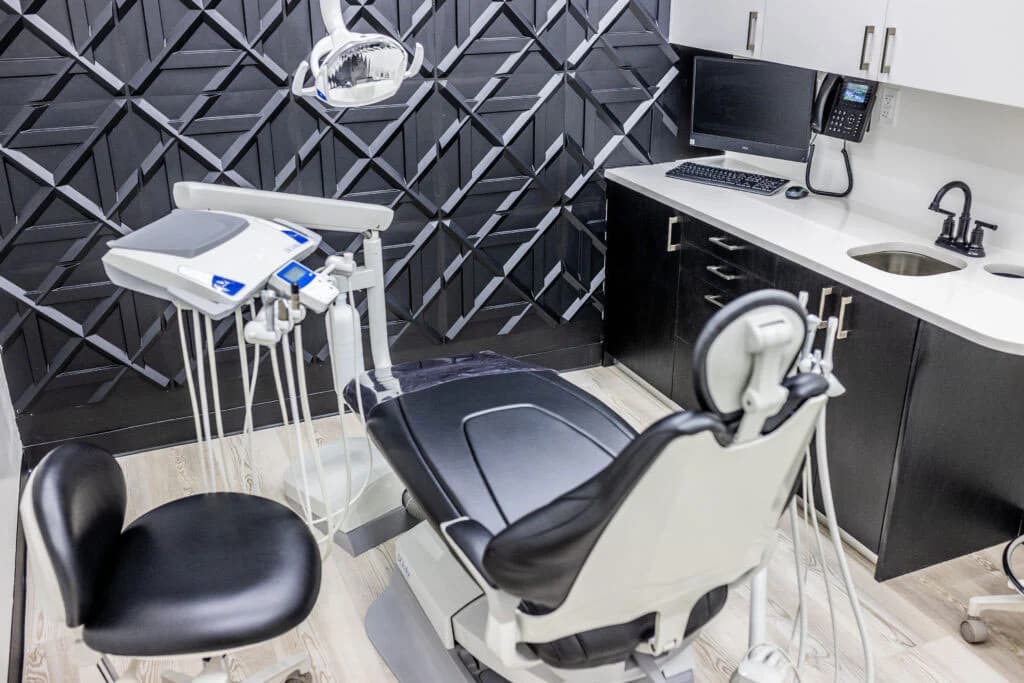Osseous Grafts or "Bone Grafts"
Bone loss in the jaws and around the teeth can be the result of missing teeth, periodontal disease, or trauma. Beyond compromising oral health and function, bone loss can also alter facial appearance by diminishing the support for the natural facial contours.
When a tooth is extracted, the natural stimulation of the underlying bone from the chewing forces is lost. Within the first year after tooth loss, the bone width can decrease by as much as 25%. As additional time passes, there is continued bone loss, which not only affects oral health but can also lead to changes in facial support and appearance.
Bone grafting procedures are performed to restore bone dimensions, maintain facial aesthetics, repair damage from periodontal disease, and support procedures like dental implants. These procedures involve placing bone graft material in areas where bone loss has occurred to encourage new bone growth and restore the natural contours of the jaw.
Types of Bone Grafting Procedures:
Immediate Bone Graft (Socket Preservation):
This procedure is performed at the time of tooth extraction to minimize bone loss and prepare the site for future dental implants. The extraction socket is filled with bone graft material to maintain the dimensions of the alveolar ridge.
Delayed Bone Graft:
This procedure is performed after tooth loss when significant bone loss has already occurred. It requires a separate surgical procedure to place the graft material and rebuild the lost bone structure.
Sinus Lift (Sinus Augmentation):
This specialized procedure adds bone graft material between the jaw and the sinus floor to provide sufficient bone height for dental implants in the upper back jaw area.
Aesthetic Ridge Augmentation:
This procedure restores the natural contours of the bone for a more pleasing appearance, especially when preparing for fixed bridgework or to improve facial support.
Bone graft materials can come from several sources: the patient's own bone (autograft), bone from other donor sources (allograft), or synthetic materials that mimic natural bone properties. These grafts act as scaffolding for new bone growth, gradually being replaced by the patient's own bone as healing progresses.
To protect the graft, promote proper healing, and guide tissue regeneration, special membranes and biologically active materials are often placed over the grafting material. This technique, called guided bone regeneration, helps ensure optimal results.
Bone grafting procedures are essential for maintaining oral health, supporting dental restorations, and achieving optimal cosmetic and functional outcomes for patients with bone loss.
*Consult with your dentist or oral surgeon to determine the best bone grafting procedure for your specific needs.

Advanced Bone Grafting
Restoring bone health with precision in Astoria
Need Bone Grafting?
Dr. Khaimov specializes in advanced bone grafting procedures to restore your oral health and prepare for dental implants.
Schedule Consultation